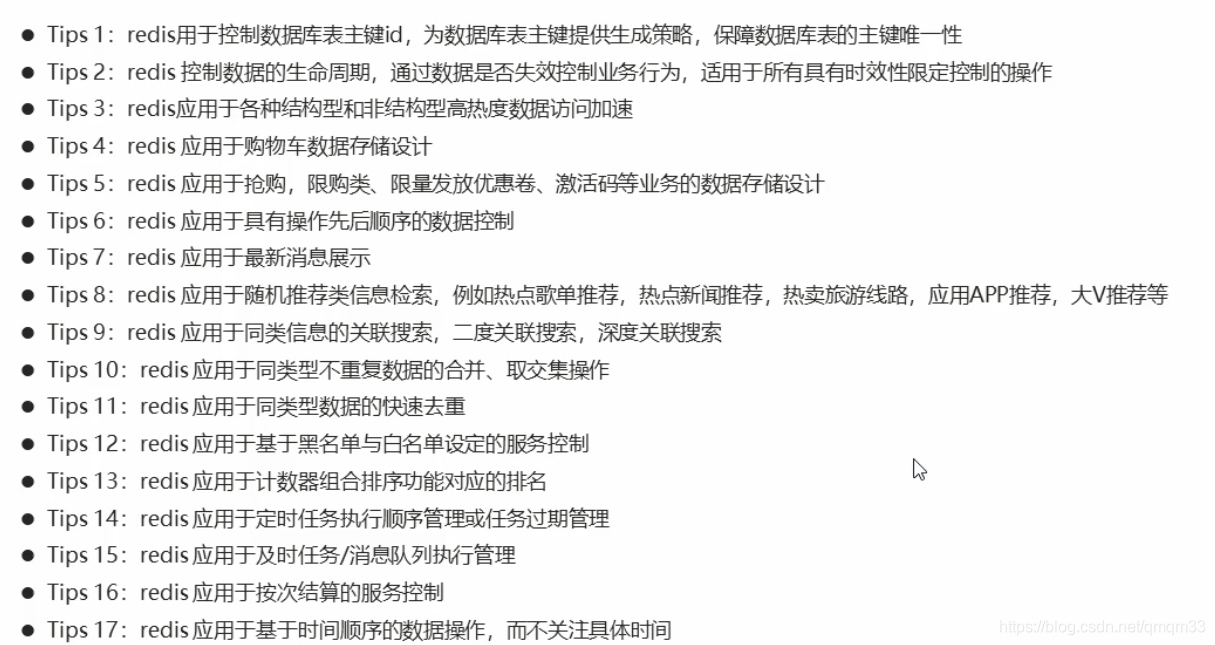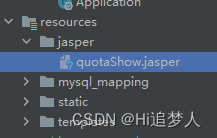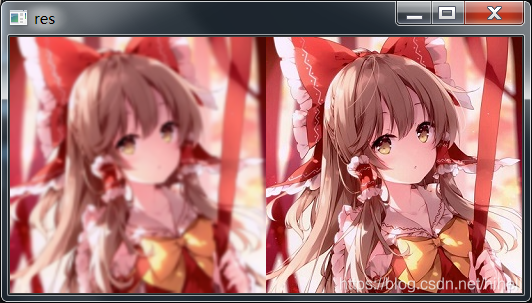Android开发中,经常在Activity中使用getText(int resId)和getString(int resId)这两个方法,那么这两个方法有什么区别和联系呢?
这两个方法的参数都是资源ID,区别在于getText(int resId)返回的是一个CharSequence,而getString(int resId)返回的是一个String。源代码如下:
getText(int resId):
/*** Return a localized, styled CharSequence from the application's package's* default string table.** @param resId Resource id for the CharSequence text*/public final CharSequence getText(int resId) {return getResources().getText(resId);}
getString(int resId):
/*** Return a localized string from the application's package's* default string table.** @param resId Resource id for the string*/public final String getString(int resId) {return getResources().getString(resId);}
可以看到,他们在各自的内部又调用了Resources类的getText(int id)和getString(int id)方法,那么我们就再看一下Resources类中的这两个方法是怎么写的:
Resources类中的getText(int id):
/*** Return the string value associated with a particular resource ID. The* returned object will be a String if this is a plain string; it will be* some other type of CharSequence if it is styled.* {@more}** @param id The desired resource identifier, as generated by the aapt* tool. This integer encodes the package, type, and resource* entry. The value 0 is an invalid identifier.** @throws NotFoundException Throws NotFoundException if the given ID does not exist.** @return CharSequence The string data associated with the resource, plus* possibly styled text information.*/public CharSequence getText(int id) throws NotFoundException {CharSequence res = mAssets.getResourceText(id);if (res != null) {return res;}throw new NotFoundException("String resource ID #0x"+ Integer.toHexString(id));}
Resources类中的getString(int id):
/*** Return the string value associated with a particular resource ID. It* will be stripped of any styled text information.* {@more}** @param id The desired resource identifier, as generated by the aapt* tool. This integer encodes the package, type, and resource* entry. The value 0 is an invalid identifier.** @throws NotFoundException Throws NotFoundException if the given ID does not exist.** @return String The string data associated with the resource,* stripped of styled text information.*/public String getString(int id) throws NotFoundException {CharSequence res = getText(id);if (res != null) {return res.toString();}throw new NotFoundException("String resource ID #0x"+ Integer.toHexString(id));}
看到这里我想大家就都明白了,Resources类的中getString(int id)方法其实就是调用了Resources类的getText(int id)方法后,多做了一个toString()处理,那么也就是说,我们要讨论的问题的结论就可以理解为:Context类中的getString(int resId)==getText(int resId).toString()。
更直观一点,我们来做个小demo:
首先,在Strings中定义两个string资源:
<string name="get_text"><b>getText</b></string> <string name="get_string"><b>getString</b></string>
接着,在layout文件中定义两个TextView,分别是textView1和textView2(代码省略)。
最后,分别使用getText(int resId)和getString(int resId)获取上面两个资源,并在textView1和textView2中显示:
CharSequence charSequence = getText(R.string.get_text); String str = getString(R.string.get_string); ((TextView)findViewById(R.id.textView1)).setText(charSequence); ((TextView)findViewById(R.id.textView2)).setText(str);
结果一目了然:



















